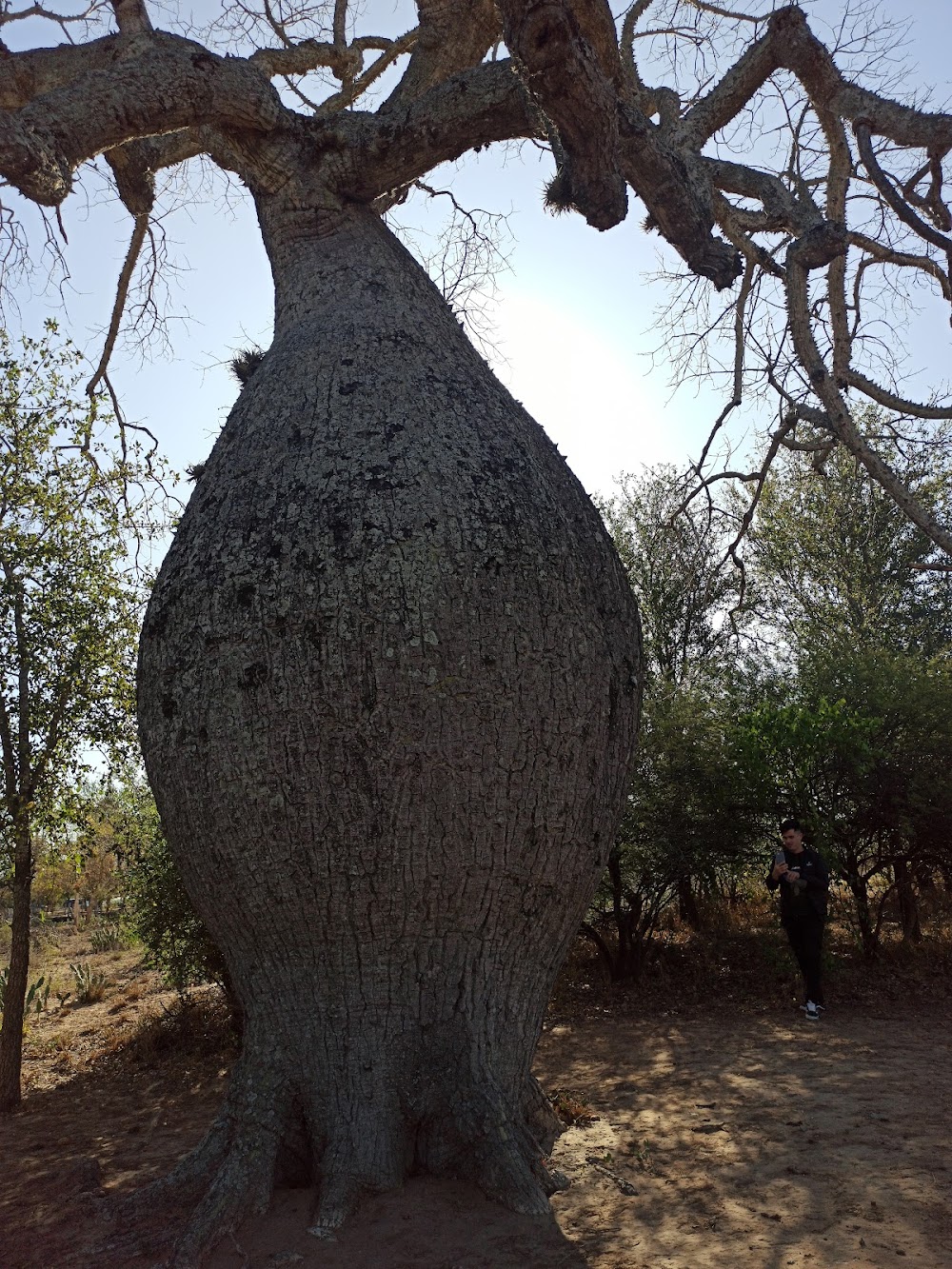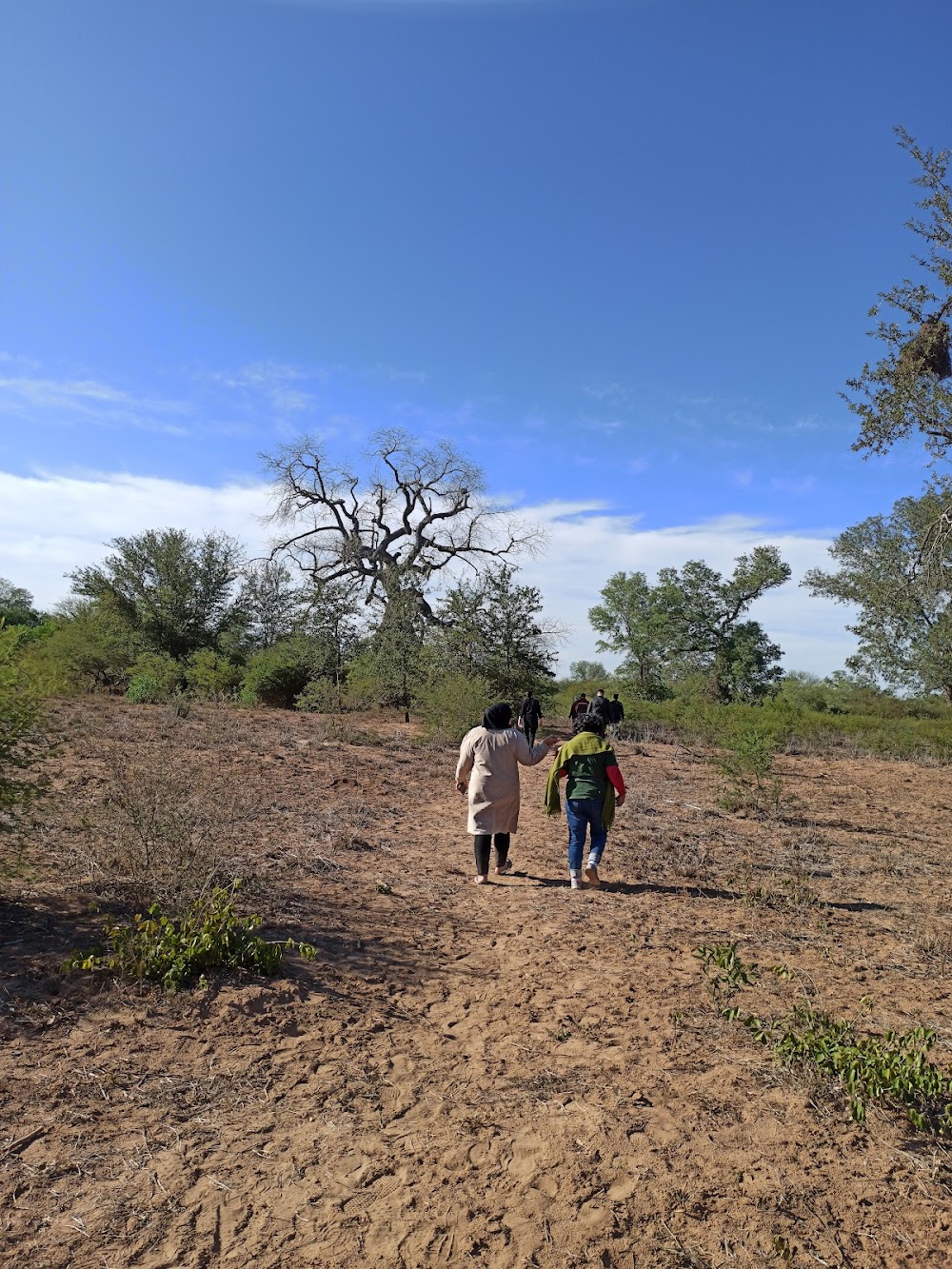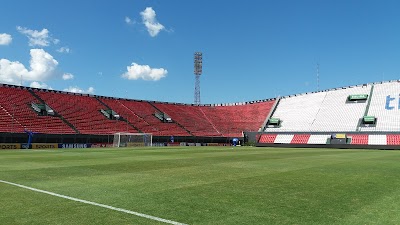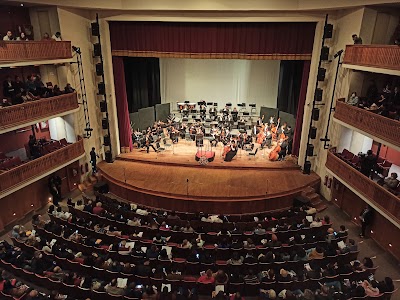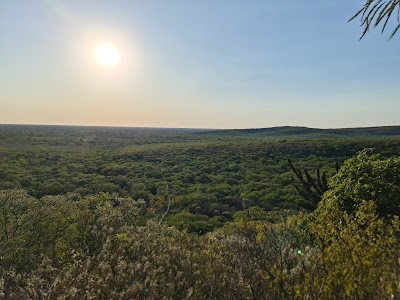Fortin Toledo (Fortín Toledo)
Overview
Fortín Toledo: A Historical Military Outpost
Fortín Toledo, also known as Samu'u Fortín Toledo, is a remarkable historical military fort nestled in the Presidente Hayes Department of Paraguay, deep within the rugged landscape of the Paraguayan Chaco. This remote region, characterized by its challenging terrain, played a pivotal role in significant historical events, particularly during the Chaco War, which took place between Paraguay and Bolivia from 1932 to 1935.
Construction and Significance
The construction of Fortín Toledo began in the early 20th century as part of Paraguay's strategic efforts to strengthen its presence in the largely uncharted and sparsely populated Chaco region. While the exact date of its founding is often cited as 1927, it was primarily built by Paraguayan soldiers and local laborers who faced arduous conditions to establish a military outpost. Named after the resilient Samu'u tree native to the area, Fortín Toledo was strategically positioned to act as a defensive stronghold against potential Bolivian incursions, crucial for asserting Paraguayan claims in the contested territory.
Challenges During the Chaco War
During the Chaco War, Fortín Toledo emerged as a contested site amid fierce skirmishes. The dense, thorny forests and extreme climate presented significant challenges for both Paraguayan and Bolivian troops. The fort became a vital stronghold for Paraguayan forces, involved in numerous battles where soldiers endured immense hardships, including water scarcity, scorching daytime heat, and freezing nighttime temperatures.
Life at the Fort
Despite these harsh conditions, the determination and resilience of Paraguayan soldiers were commendable. They constructed trenches, bunkers, and other fortifications using limited resources, often relying on locally sourced materials like wood and mud bricks. Living conditions were basic, with soldiers facing food shortages and having to rely on hunting and gathering to supplement their supplies. To ensure access to water, they dug wells and created makeshift reservoirs in this arid landscape.
A Symbol of Resilience
After the Chaco War, Fortín Toledo transformed from a military outpost into a symbol of Paraguayan perseverance and determination. It stands today as a poignant reminder of the sacrifices made and the harsh realities of war. Over the years, it has evolved into an important historical site, with local historical societies and the Paraguayan government working diligently to preserve the fort and its surroundings for future generations.
Visiting Fortín Toledo
Today, visitors to Fortín Toledo can explore the remnants of the fort, including the old trenches and bunkers, gaining insight into the challenging living conditions faced by the soldiers. The site serves not only as a historical landmark but also as an educational resource, illustrating the broader historical context of the Chaco War and the strategic importance of the Chaco region.
A Testament to Endurance
Fortín Toledo stands as a testament to the resilience and determination of those who built and defended it under extreme conditions. Its history is intricately woven into the broader narrative of Paraguayan and South American history, symbolizing both the hardships endured and the unwavering spirit of those who served there. Whether you're a history enthusiast or simply looking to explore the rich heritage of Paraguay, Fortín Toledo offers a compelling glimpse into the past.


